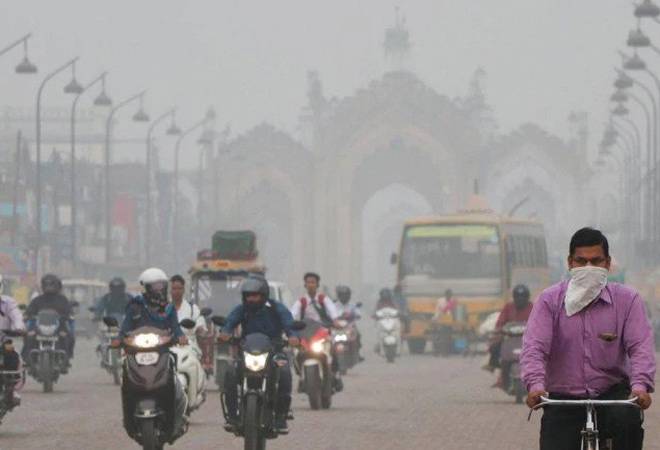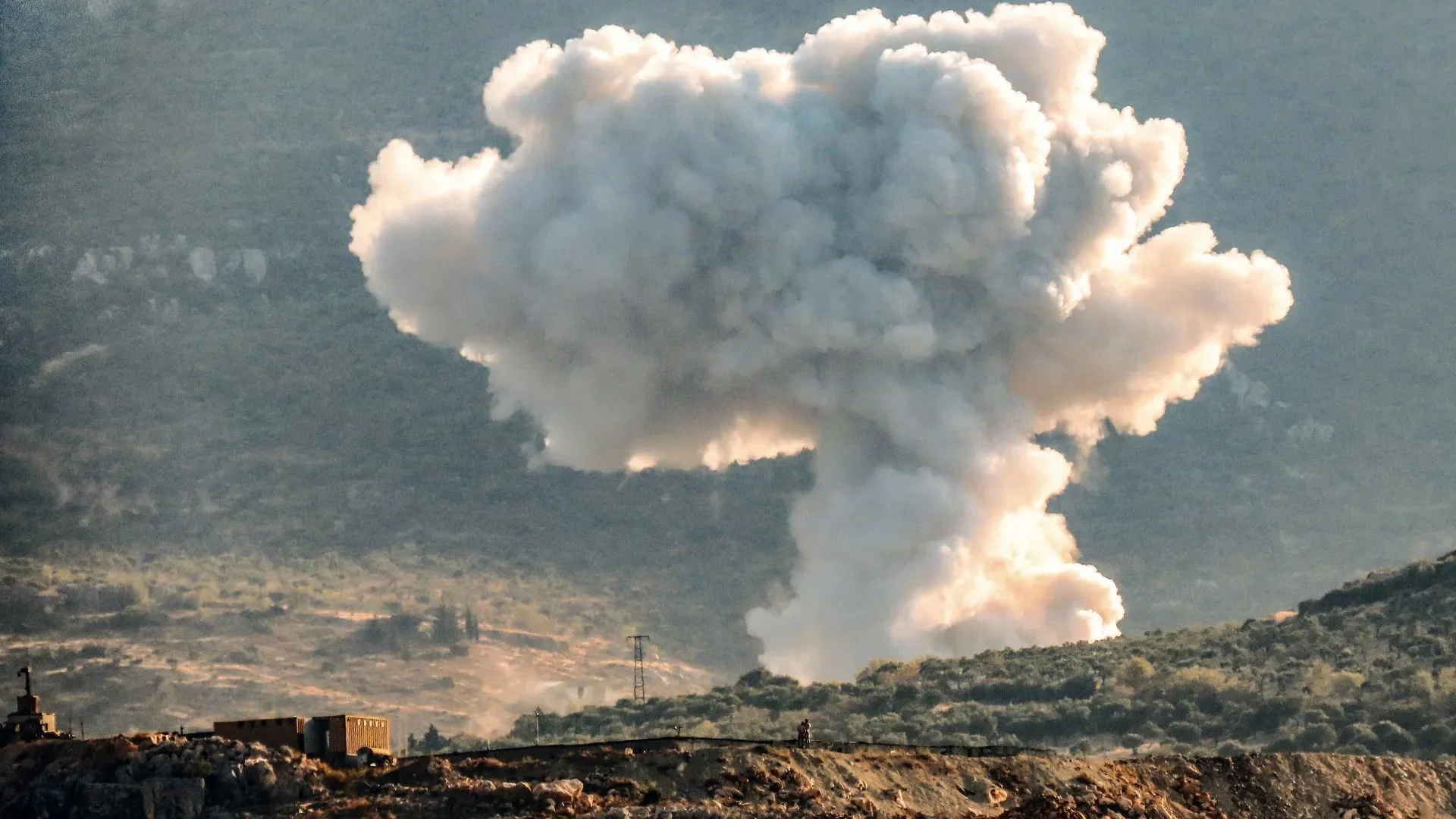
Stubble burning has turned worse across Punjab, giving no hope of improvement in Delhi’s Air Quality Index (AQI) as the capital gasps for clean air.
Increasing incidents of stubble burning in Punjab this year have become a matter of serious concern with the Union Environment Ministry pointing out that Air Quality Index (AQI) is likely to sharply deteriorate as only about 45-50 per cent of sown area in the state had been harvested till 24 October.
Sources in the Environment Ministry said that the contribution of stubble burning to the adverse air quality in Delhi and the National Capital Region has been increasing sharply and is about 18-20 per cent currently and with the trend is only likely to increase further.
As per the Standard ISRO Protocol, for the period of 15-28 September this year, a total of 10,214 paddy residue burning events have been reported in Punjab compared to 7,648 for the same period during the last year, which is a significant increase of about 33.5 per cent. A total of 12112 cases have been reported so far this year. Especially after Diwali, the cases of stubble burning are increasing continuously in Punjab. According to experts, with the speedy harvesting of paddy, cases of stubble burning are increasing.
According to the data received, in the year 2020, 1541 cases of stubble burning were reported on the day of 29 October, and in the year 2021, the number of cases. Whereas this year in 2022, 1898 cases of stubble burning were reported in Punjab on 29 October i.e. on Saturday, breaking the record of the last two years. The maximum number of 286 cases were reported in Sangrur district, constituency of CM Bhagwant Mann, followed by Patiala district with 268 cases and 192 in Tarn Taran, 104 in Ferozepur, 105 in Ludhiana, 108 in Bathinda, 109 in Barnala, 99 in Jalandhar and Kapurthala. 99 cases of stubble burning were found.
With the increase in the cases of stubble burning in Punjab, the level of pollution is increasing continuously. The AQI in Punjab and Delhi-NCR has reached the poor category. It is worth mentioning here that having an AQI above 200 is considered in the poor category.
CAQM further stated that about 70 per cent of farm fires during the current paddy harvesting season were reported only from six districts namely Amritsar, Firozpur, Gurdaspur, Kapurthala, Patiala, and Tarn Taran.
These districts account for 4,899 cases against a total of 7,036 incidents in Punjab. These traditional six hotspot districts also accounted for about 65 per cent of the total burning incidents during the last year for the same period. Out of a total of 7,036 reported cases, 4,315 stubble-burning incidences were reported during the last six days alone i.e., about 61 per cent.
The official also noted that there were serious lapses in implementing farm fire control laws and the Government of Punjab is solely responsible for the failure of the governance and for creating a situation by which the people of NCR have to breathe highly polluted air and the continued inaction from the Government of Punjab will lead to further deterioration of the air quality index in the entire NCR adversely affecting health of people.














